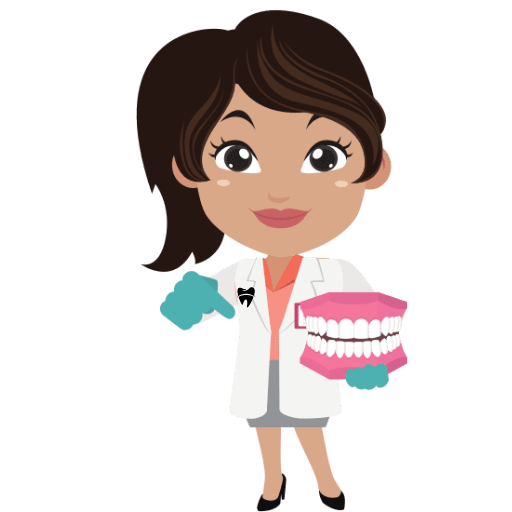Learn how to stop bruxism without a mouthguard using alternative strategies that are effective and easy to implement. Say goodbye to teeth grinding!
1. Introduction to Bruxism: Understanding the Condition
Bruxism is a common condition that affects many individuals, characterized by the grinding or clenching of teeth. It can occur during the day or night, often without the person even realizing it. Understanding bruxism is crucial in order to properly manage and treat the condition.
There are two main types of bruxism: awake bruxism, which occurs during the day and is usually caused by stress or anxiety, and sleep bruxism, which happens during sleep and is often associated with sleep disorders. Both types can lead to dental problems, jaw pain, headaches, and other issues if left untreated.
It is important to recognize the signs and symptoms of bruxism, such as tooth wear, jaw pain, and muscle tightness. By understanding the causes and effects of bruxism, individuals can take steps to prevent further damage and seek appropriate treatment options.
2. The Drawbacks of Using a Mouthguard for Bruxism
Using a mouthguard for bruxism certainly has its drawbacks that are important to consider:
- Discomfort: Mouthguards can often feel bulky and uncomfortable, especially when trying to sleep with one in.
- Adjustment Period: It may take some time to get used to wearing a mouthguard while sleeping, leading to potential disruptions in sleep patterns.
- Cost: Custom-fit mouthguards can be expensive, and over-the-counter options may not provide the same level of effectiveness.
Despite these drawbacks, it’s important to weigh the pros and cons of using a mouthguard for bruxism and consult with a healthcare professional to determine the best course of action for managing teeth grinding.
5. Relaxation Techniques to Reduce Stress and Tension
One effective relaxation technique to reduce stress and tension is deep breathing. By focusing on taking slow, deep breaths, you can calm your mind and body, helping to alleviate stress levels. Practice deep breathing exercises by inhaling slowly through your nose, holding the breath for a few seconds, and then exhaling slowly through your mouth. Repeat this process several times to promote relaxation.
Another helpful technique is progressive muscle relaxation. This involves tensing and then releasing different muscle groups in the body to help release physical tension. Start by tensing your muscles for a few seconds, then slowly releasing them while focusing on the sensation of relaxation spreading through your body. Progressively move through different muscle groups from head to toe, allowing yourself to fully relax each one before moving on to the next.
Mindfulness meditation can also be a powerful tool for reducing stress and tension. This practice involves focusing on the present moment without judgment, allowing you to let go of worries about the past or future. By cultivating awareness of your thoughts and feelings in a non-reactive way, you can increase your ability to stay calm and centered in the face of stressors. Dedicate a few minutes each day to mindfulness meditation to reap its benefits for reducing stress and tension. In conclusion, there are alternative strategies to help reduce bruxism without using a mouthguard. Mindful awareness, stress management, and lifestyle changes can all play a key role in preventing teeth grinding. Embrace these strategies and take control of your oral health. You have the power to stop bruxism naturally.




